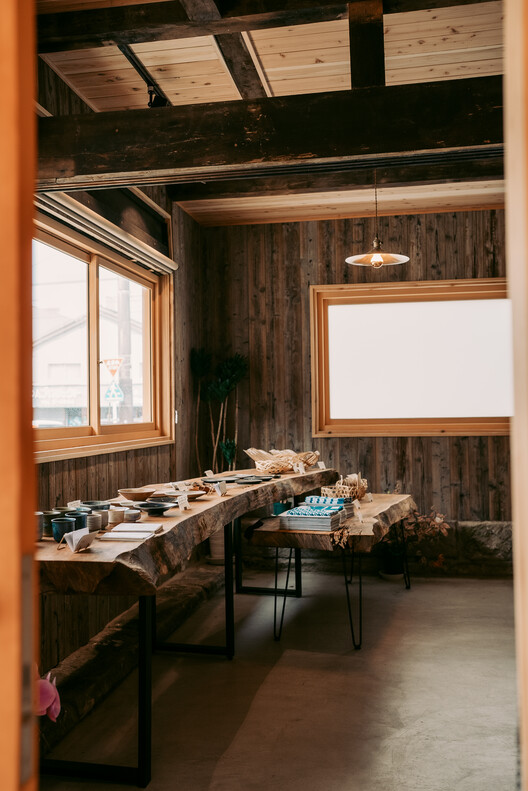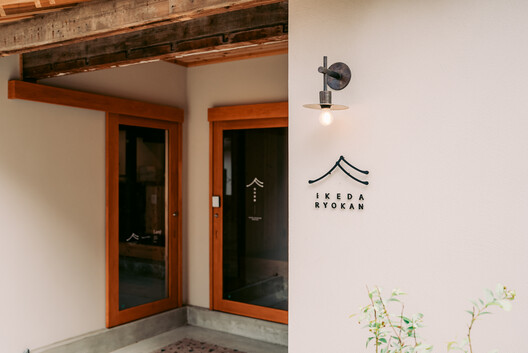
-
Architects: atelier Lamp
- Area: 270 m²
- Year: 2024
-
Lead Architects: Manami Iwashita, Satoi Kamitomo, Yuki Takahashi, Matteo Speraddio

Text description provided by the architects. Japanese villages see the average age of the population rise considerably and, being abandoned, are losing their identity. In this regard, the old machiya are being demolished to make room for more modern and history-less buildings, without a rule. The purpose of Ikeda Ryokan is to send a message to the community of the island of Tanegashima, a place that over the centuries has distinguished itself as a place of hospitality, and where Westerners were first able to come into contact with Japan.



The building appears abandoned but, thanks to its strong identity recognizable in the archetypes of traditional Japanese architecture, full of potential for reuse. It consists of two floors, originally used respectively as a reception, kitchen and house of the managers on the first floor, and as a ryokan on the second floor.


The restoration aims to maintain the hospitality function of the upper floor and exploit the first to open up to the community and the urban landscape thanks to the coexistence of multiple functions. The renovation part has included the use of traditional techniques in order to bring the building up to standard again, by lifting the structure that over the years, due to exposure to atmospheric agents such as heavy rains and typhoons, was misaligned.



The first floor houses the reception and includes an Open Space dedicated to the community and the new atelier Lamp office. The second floor presents a new vision of Ryokan, closer to a youth hostel, with Japanese-style rooms and common areas that allow interactions and contamination between visitors. Many of the materials used are recovered from other works waste, in order to give them a second life. The structure is made of wood and for the openings it was decided to restore the original design of the windows, through research into historical photographs that certified their geometries.

From small objects such as furniture to the larger scale of architecture, including the logo and signage icons, everything has been redesigned with respect for its historical context. Using materials from the island, the project also involves artisans and artists from Tanegashima, as well as student interns from abroad, to revitalize the architecture of a small island, in order to connect it to the global community.





















